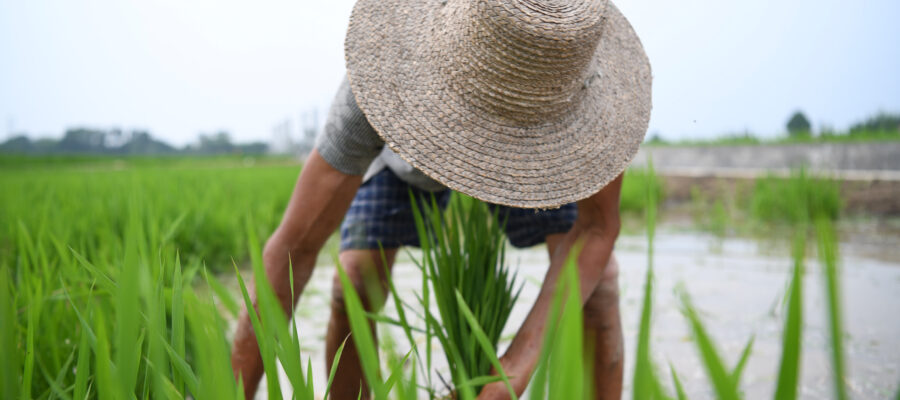I’d like to start this final post in this Sustainable Development Goals (SDG) blog series with an explanation. Despite the distinction we’re making between environmental SDGs, such as number 13 – Climate action – and social SDGs, like number 1 – No poverty – you will have realized that the goals are dependent on each other and interconnected in ways that reflect the complexity of the world we live in.
For example, because people living in poverty have less choice in where they live, they often have to drink the dirtiest water (SDG 6), breathe polluted air (SDG 7) and take longer to get to work (SDG 11). On the other hand, regions with free access to good education (SDG 4) tend to benefit from greater equality (SDG 10) and more sustainable communities (SDG 11). On a global scale, it is the most impoverished countries who are least responsible for global heating and yet are already suffering most from its effects (SDG 13).
All this is to say that while the social/environmental distinction may be useful, there is no climate justice without social justice, and vice versa.
Education has a key role in raising awareness of social issues, and the SDGs can help bring them into focus in the classroom. In this blog post, we’re going to look at two ways of getting started. The first is quick and easy to implement.
SDG Course Book Hunt
Once you have your SDG radar switched on, you’ll notice them everywhere. The unit themes and lesson topics in course books often touch on them in different ways, and a great way to alert your learners to their presence is by challenging them to identify one or more in the lesson they have just completed.
Try it yourself, with a lesson from Voices Intermediate Plus about future innovation. Look at the beginnings of each section of the reading and decide which SDGs may be relevant in each story.
Hopefully, you noticed that these innovators are all tackling poverty: that Andri Gunawan’s library addresses the need for better education for children (SDG 4); Julie Church’s company provides jobs (SDG 8) at the same time as reducing plastic waste and helping keep the ocean clean (SDG 14); and Ron Finley makes fresh food available for communities in his home city (SDGs 2 and 3).
Identification is the first step in exploring the themes from the perspective of global issues. A typical task might be:
| Say which innovator, Andri, Julie or Ron, is helping work towards these issues. Say why. |
| • an end to poverty |
| • healthier lives |
| • better education for all |
| • healthy seas and oceans |
| • (your own ideas) |
The next step is to encourage your learners to analyze problems related to each SDG, evaluate the effectiveness of the solutions presented, and make connections with their own contexts. Dictate the following questions, then put learners in groups to discuss them:
- What do you think are the causes of poverty in each of the places in the article?
- What different ways is each innovator helping in their town or country?
- Would a similar scheme work where you live? What would you need to change?
How far you take this line of investigation depends on your goals for learner outcomes in your classroom. One option would be to have learners choose one of the SDGs and present one or more solutions addressing it for their community. This would give you the opportunity to assess their speaking and critical thinking skills through a final lesson task.
Making Local Food
A more involved approach is to do a project, which offers the learners an expansive space in which to explore these themes. As we’ve seen, the Voices series is accompanied by 14 projects designed to be used flexibly, independently of the course, all of them aimed at one or more of the SDGs. Here’s another project we encourage you to try out for yourself, around the theme of affordable, healthy, and sustainable food. It’s written for A1 level learners, though it can easily be pitched higher. It has the students answering the question:
How can we make cheap, healthy, local food for everyone?
Learners consider ways to make healthy food whilst being mindful of the environment, poverty, hunger, and waste. They explore recipes and local shops, then plan to make a dish using cheap, local, sustainable ingredients. Students select a suitable recipe then make the dish.
Download the project below. The pdf includes everything you need:
- the student sheet
- the teacher’s notes
- assessment rubric
- self-evaluation sheet
Enjoy your meals!
The aim of this series has been to stress the importance of the SDGs and our role as educators in promoting them. All of the lesson ideas we’ve presented show that through discussing and exploring the goals in class, we can generate genuine reasons for communicating real-world issues and, together with your learners, finding real solutions. We hope that the ideas we’ve presented provide a useful starting point in your journey teaching climate and social justice.



